Have you ever had a character concept that sounds good in your head but just doesn’t really work in practice?
It happens to all of us at some point or another. More often than not, these situations actually turn into powerful learning experiences.
While it does suck seeing a character concept that you think will be interesting turn out to be a flop, it does help you get better at making characters that are interesting and still work with your group.
So, today I thought it could be fun to share the story of my greatest FAIL of a character. I think it’s an entertaining story that also works as a learning opportunity.
In today’s D&D Storytime, we’re looking at the story of why I’m not allowed to play Clerics anymore!
Oh, and, by the way…
There are spoilers for the Tomb of Annihilation adventure here. You have been warned.
The Adventure
It’s towards the end of 2017 and my group decides to play the newly released Tomb of Annihilation adventure. With promises of jungle-trekking, ancient tombs, and almost certain death, we were excited to dive in!
Our characters were to be a band of adventurers sent to the far-away peninsula of Chult. We were to arrive at the settlement of Port Nyanzaru.
After getting acquainted with the Chultan culture, the party had to hire a navigator and grab any last-minute supplies. The very next morning, they were to set off into the treacherous Chultan jungles.
There was no illusion of this being a small undertaking. But as a Death Curse was falling over the land, things were growing desperate.
This curse meant that people were not able to be resurrected or properly laid to rest as their souls were being drawn elsewhere. Additionally, those who had previously been resurrected (such as Laeral Silverhand, who hired us) were wasting away by the day.
In fact, the party’s Wizard was a loved and established character of one of the players who was in the same boat as Laeral Silverhand.
The player wanted to bring this character back for Tomb of Annihilation. Though having previously been brought back to life in his previous adventure, he was finding himself also losing maximum hit points each day.
(Honestly, I thought this made for a great complication in the adventure and was a consistent reminder of why we were even there in the first place.)
The stakes were high and there was no guarantee that any of our characters would ever return. In fact, the safe betting odds were that they wouldn’t…
Related: Adventure Review – Tomb of Annihilation
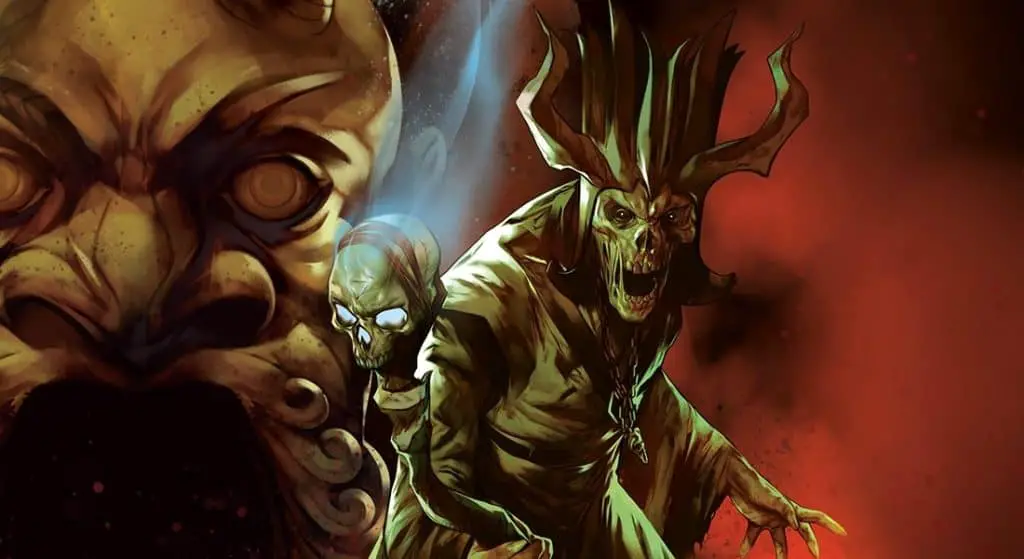
Meet Harun
It’s hard to express how close I was to making a character that was basically just Indiana Jones. (I’m a huge fan of those movies!)
But the party needed someone who could offer some strong support when it mattered most while also being able to hold their own towards the front of the party’s formation.
Enter the character whose name would become legendary in the group for all the wrong reasons: Harun. (Pronounced hah-roon.)
Harun was a Grave Cleric, though he had taken a few levels in Fighter. It was about a 70/30 split.
He was an older Human (variant) guy who had been a soldier in his younger days. As he got older, he became very involved in his local temple. Eventually, he would become a priest of Kelemvor, the god of the Dead.
Kelemvor’s teachings and “fair but cold” philosophy resonated with Harun. Death was but a natural part of life that was to be accepted and understood rather than feared.
Harun had always been very driven and was as pragmatic as you can get. He took a very utilitarian approach to the world with a strong focus on whatever his stated objective at the time was.
In his view, we can worry about reducing whatever sacrifices need to be made to meet the objective once we know for sure how to meet it. He was a gruff and no-nonsense kind of guy.
However, he was remarkably stubborn. Once he decided how a situation should go, it took a huge amount of arguing to change his mind.
In Harun’s view, he always knew exactly the best way to solve a problem. Whether using scripture or his old war stories as justification, Harun always had a million reasons why his read of a situation was the “right” one.
My Thought Process Behind This Character
He sounds like a pleasant guy, huh?
But let me explain my thought process behind making this stubborn goat of a character.
We were playing what was being billed (accurately, I think) as the deadliest official adventure for D&D 5e. It was the spiritual successor to the infamous meatgrinder made by Gary Gygax himself: The Tomb of Horrors.
Harun said early in the adventure, “I’m here to stop you from dying, not kiss your boo-boos.”
I thought that playing a character as stubborn and abrasive as Harun would be interesting. As the adventure went on, it could make for some equally interesting character development.
He would inevitably find himself humbled and realizing that he did not, in fact, always know what the right choice was. In the face of such dire threats, he would have to learn to get over himself, start trusting others, and really work with the team.
I figured it could also work to springboard some interesting character development for the other party members too. They had to learn how to communicate with this type of character (nicknamed Grandpa Jerkface) to get him to work within the party’s unit.
It wasn’t an optimized decision, but I thought that it would be an interesting one for the narrative.
Would they just leave Harun for dead?
What would it take for him to realize that not every problem can be solved with a direct and brute-force approach?
I figured that a couple of truly close calls would make Harun realize the gap in his own view. He didn’t have all the answers and he was going to have to learn to trust those around him.
Possibly for the first time in his life, he was going to have to sincerely apologize when that time came.
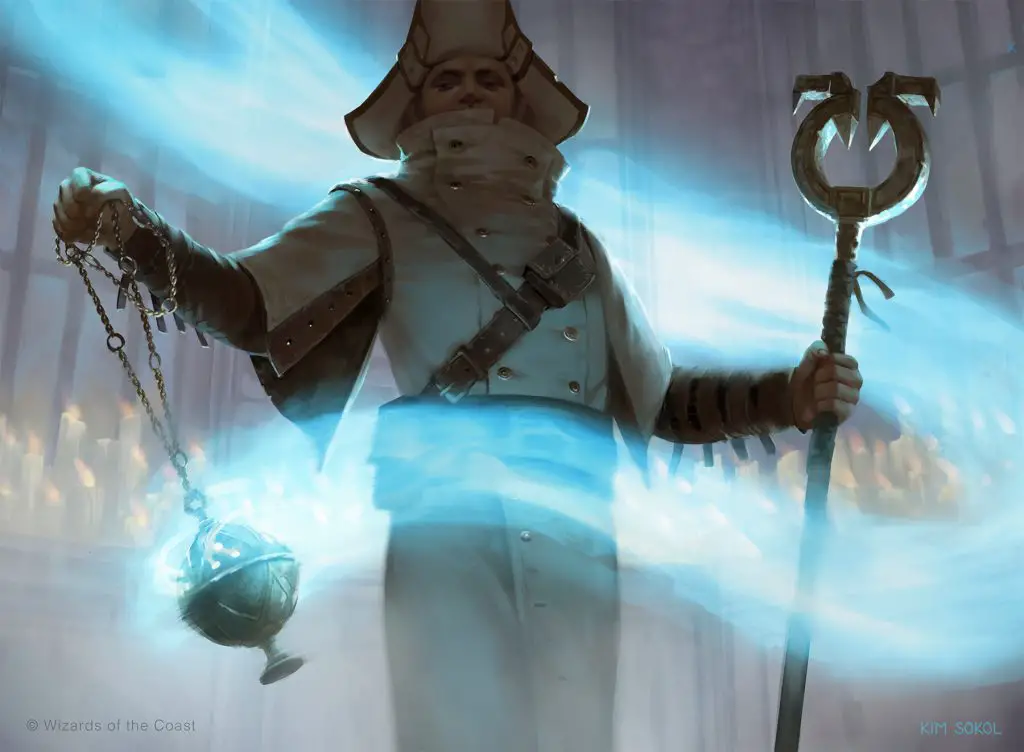
Playing Harun
Here’s the thing though: that time never came.
At least mechanically, Harun was a freaking tank fueled on hubris and rants about bootstraps.
As a multiclass mix of Cleric and Fighter, he’d charge up towards enemies and just completely wreck shop.
When it didn’t make any tactical sense to charge, Harun had plenty of Cleric spells to deal with problems. He was getting some FANTASTIC mileage out of Cleric staples like Spirit Guardians and Spiritual Weapon.
And he wasn’t just any Cleric, either. He was a Grave Cleric which meant he had some truly disgusting features on his side.
When the DM would roll a critical hit, Harun could negate it. Huge encounter that “just isn’t even fair”? How about making it vulnerable to the Paladin’s critical hit + divine smite so we just nearly one-shot it?
Grandpa Harun was on the warpath.
Related: Full Guide to the Grave Cleric in D&D 5e
Heals Please
Harun would keep some healing spells handy but was very reluctant to use them if a party member wasn’t unconscious.
You see, Grave Clerics’ have a very cool feature that they get right from level 1 called Circle of Mortality. It lets their healing spells automatically heal for the maximum amount if cast on someone who is at zero hit points.
Unless a long rest was up ahead, Harun preferred to conserve his spell slots by using a larger heal if they were unconscious rather than trying to keep everyone’s HP topped up during combat.
This would eventually end up ruffling some feathers. However, it did lead to a moment that I found hilarious.
Things got bad and the party’s Hexblade Warlock ended up dying. He had overextended and got ripped apart by undead after falling into a pit trap out of view.
While a core part of the adventure was that those who die cannot be revived as their soul is ripped away, the DM reasoned that a Revivify spell cast within 1 minute would still work. After 1 minute, the soul was gone forever.
Harun quickly got to the character’s body and brought him back to life. When we finished clearing the last of the enemies, the Hexblade thanked Harun and asked for some more healing.
“You’re going to feel a slight pinch.” Harun said.
Revivify brings the character back with 1 hit point but Harun’s heals were guaranteed to be most efficient if the Hexblade was at 0 hp. Harun had one spell slot left (his highest-level slot) and had to make it count.
With a quick swing of his mace, Harun knocked the Hexblade unconscious. Then he picked him back up with a max-value healing spell.
“Thanks…” the Hexblade said through his teeth.
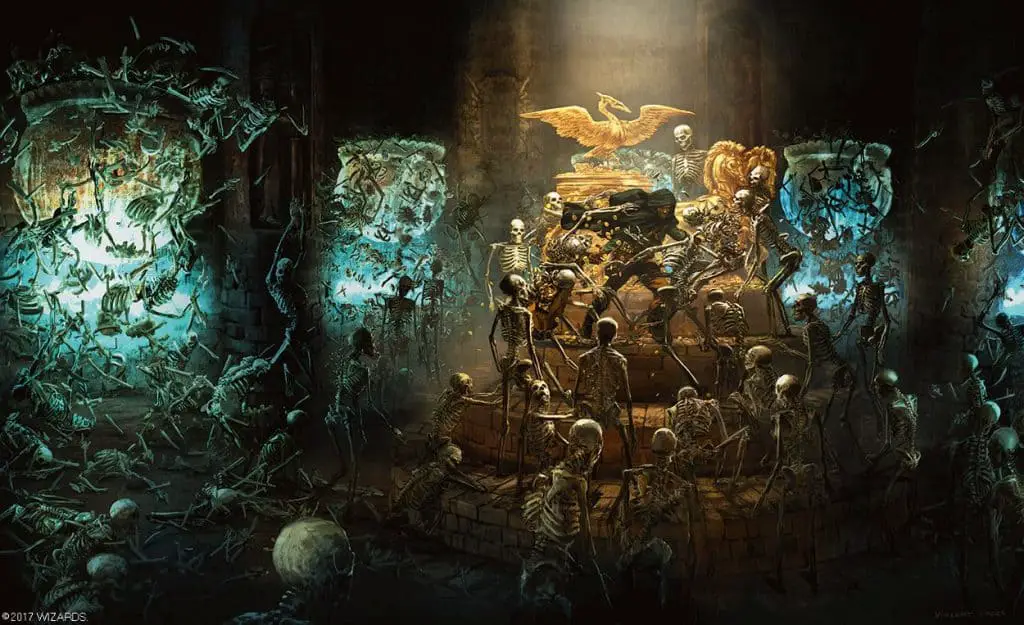
Things Go from Bad to Worse
A core mechanic inside the Tomb of Annihilation (properly known as the Tomb of the Nine Gods) sees party members being inhabited by the spirits of the Trickster Gods of Omu.
Each spirit gives the character a powerful buff but also gives them a new flaw.
Through some roleplaying and in-game situations, Harun was starting to be less of a grump. The party was growing closer and learning how to get along better.
Until Harun got inhabited by one of the Trickster Gods…
The Trickster God Wongo gave him a new flaw: “I act without concern for the well-being of others.”
I reasoned that it would be idiotic for Harun to just not heal his allies if only out of self-preservation. But I did take this flaw to mean that he would only be dishing out heals when it was a very clear life-or-death situation.
Otherwise, those spell slots were better spent dealing damage which was more in line with what we had learned about the “violent and deranged” Wongo.
To this day “rub some dirt in it” has become a joke at the table as that became Harun’s advice when someone wanted healing but was still at half of their hit points.
But while it’s a joke now, it was getting very grating to the other players.
Harun Talks with The Big Guy Upstairs
So, sure I was “just playing my character” but it was now aggravating the actual players. It hadn’t occurred to me at the time that many of their comments were not made in character. (I can be a bit dense at times.)
Eventually, one of the players gave me a call during the week and was like “please make Harun be less of a jerk.”
Now, I’m of the mindset that if a character just isn’t jiving with the party that it’s up to the player to find a reason, any reason at all, to fix that.
Having differing views, personalities, and such can lead to disagreement within the party. But that can set the stage for some very good roleplaying that ultimately strengthens the bond between the party members. That was more of my goal with playing Grandpa Jerkface to begin with.
But this had apparently gone a bridge too far and something had to change.
So, one morning when Harun was saying his prayers to Kelemvor in preparation for continuing the trek deeper into the tomb, Kelemvor spoke back.
Kelemvor told Harun that his heart was in the right place. He did, after all, have the Wisdom, resolve, and gumption necessary to protect his party members. However, he could not do his duty if he did not have the respect of the party.
While Charisma was Harun’s dump-stat, this was meant to provide him with an opportunity to learn how to earn others’ respect. After all, wouldn’t Harun of all people hope that others would have nice things to say about him after he finally passes on?
Harun apologized to his party members and made efforts to be less grumpy. From there, the rest of the adventure went relatively smoothly.
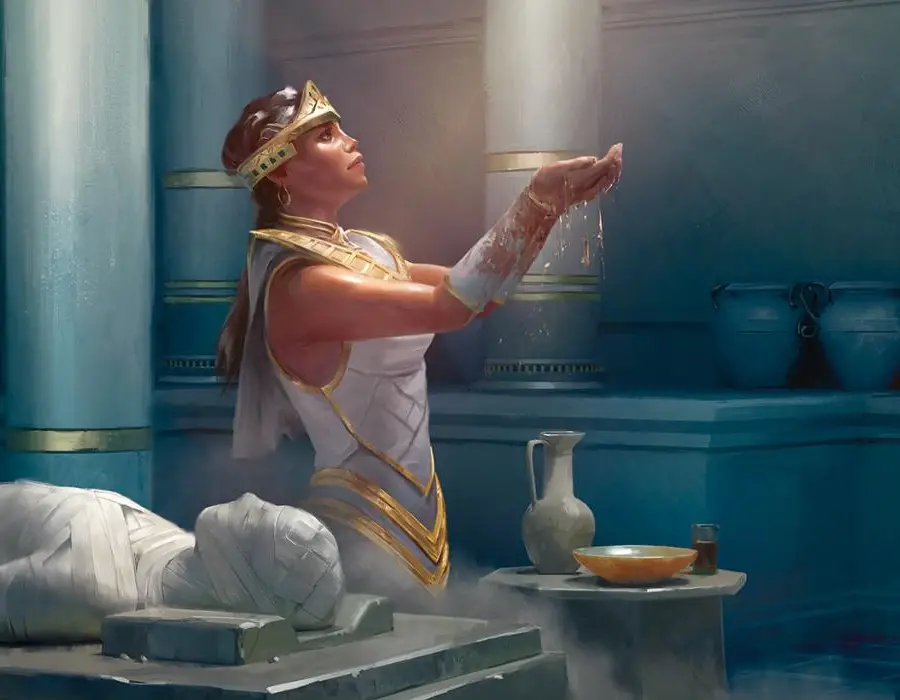
Lessons Learned
I ended up rebuilding the character to be more of a pure healer rather than the “combat medic” idea that I was going for.
Looking back, I don’t think the failure was on the concept of a grumpy and grizzled combat priest. I still maintain that such a character can work well from a character development standpoint.
But there were still some very clear lessons learned from playing Harun aka Grandpa Jerkface.
To avoid sounding like I’m blaming the group for me playing my worst character ever, that’s squarely not the case.
Lesson 1: Have a Session Zero
This was the biggest lesson. Between this adventure and the next couple that we would start, we realized just how important having a Session Zero is.
In fact, when we took a different more “design-thinking” approach to our Session Zeroes it laid the foundation for the best campaigns we’ve ever had!
Related: You can learn the unique way we started doing our Session Zero here!
Instead of just dropping into the game, Session Zero would have been a great place to “pitch” the idea of Harun.
Explaining that I want to play a grumpy Cleric for specific reasons that I think would add an interesting element to the game would work better than just having him show up.
The players would have all either understood WHY I thought this would be interesting OR would have vetoed the idea and I could make a different character.
Session Zero is a great time to pitch character concepts you’re considering. It’s also easier to pivot to new ideas if a character sounds like “a bit much” to the rest of the group.
Especially if you’re considering making a character with a theme that’s meant to be somewhat abrasive, this is vital.
You want “buy-in” from the other players to make it work how you envision and prevent any hard feelings.
Lesson 2: Every Character Won’t Work with Every Group
I had only been playing with this group for about a year (if even that long.)
There was a certain cultural difference (for lack of a better term) between the group and my “type” of D&D. Up to this point, I hadn’t really noticed.
Remember, there are many different types of D&D players who all engage with different aspects of the game.
Most of the group approached D&D from a more tactical and combat-oriented angle. I enjoy those elements, but I tend to especially engage with more roleplaying and character development aspects.
The expectation was that Harun would eventually turn into the gruff but ultimately lovable grandpa. But with very little roleplaying at the table, he just kind of kept being Grandpa Jerkface with no real in-game reason to change.
Introducing the character into the group was pushing a level of roleplaying into their game that just wasn’t there. Because the group (at the time, at least) wasn’t super big on roleplaying, Harun was even more irritating to them.
Not only was he grouchy and pessimistic about everything, but he existed within an element of the game that they didn’t engage with. As such, he was just a colossal inconvenience.
So, the lesson here was that not every character concept is going to work with every group.
You want to be mindful of a group’s “culture” when making a character. What aspects of D&D do they engage with most and how can you complement that?
In a group that doesn’t favor a lot of roleplaying, you can still make characters to RP and poke at the world. But try to make them more palatable without too much “high concept” stuff in those cases.
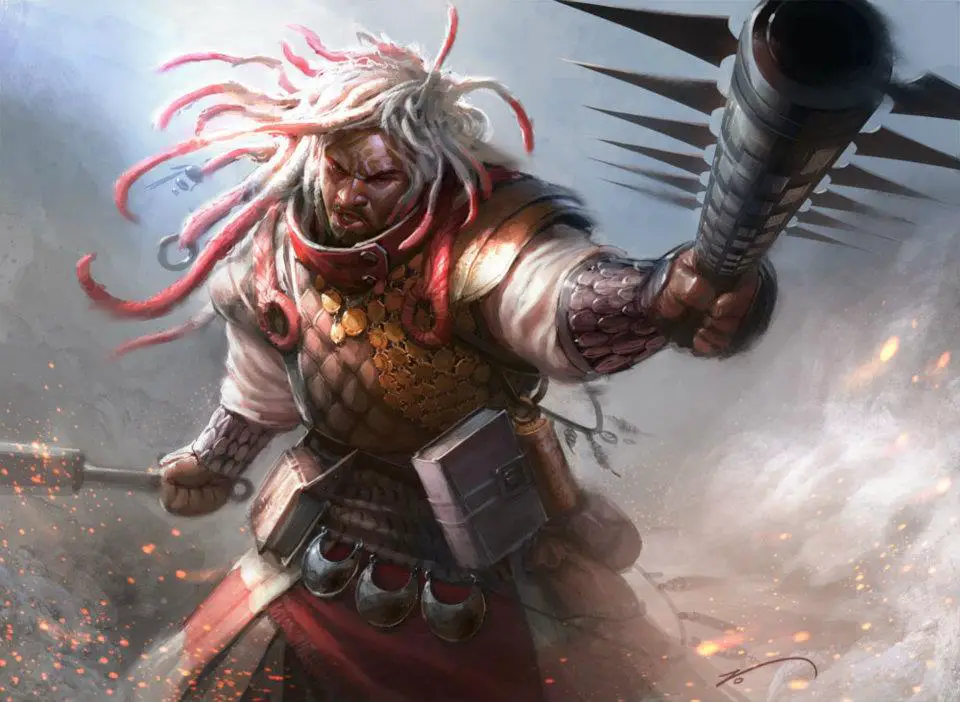
Lesson 3: Expectations of a Cleric
This one feels redundant with Lesson 1, but it’s still worth mentioning on its own.
The thing about Clerics is that they are almost mind-numbingly powerful. Whether they’re offensive, defensive, utility-focused, or whatever else, Clerics are just incredible.
But in the minds of most D&D players, Cleric = Healer.
If you’re a Cleric, the party is likely going to expect you to always keep them at full hit points.
Some options (like the Life Cleric) are excellent at this. But there are many others who don’t necessarily focus on their healing output. They instead focus on other ways of supporting their party or bringing divine judgment down on their enemies.
But because all Clerics are capable of healing, you’re likely to be viewed as “the healer” no matter what.
If you are looking at playing a Cleric who doesn’t necessarily prioritize healing, like a Trickery Domain or Tempest Domain Cleric, you need to communicate this to the group in your Session Zero.
You should definitely take some healing spells, but you’re capable of more than just healing others. Don’t limit yourself!
Remember: Clerics are a remarkably versatile class that are capable of pretty much anything.
Unless you’re specifically playing a Cleric that focuses on healing the group, you should really call attention to your role in the party. Otherwise, you’ll probably find your party members getting upset at you for not keeping them healed up.
If you’re making it clear from Session Zero that you’re Cleric can do some healing but is best at XYZ, it will prevent a ton of friction and misaligned expectations.
It might be a bit of a hot take, but not every Cleric is a healer. While they are all capable of healing, that’s only a small fraction of what most Clerics are capable of.
Between using Hit Dice and almost every class having healing options, you’ll be fine.
Conclusion – Why I’m Not Allowed to Play Clerics Anymore
I’m glad that the character has gone on to become a joke with my group. Things did get a bit tense and I felt HORRIBLE when I realized that the tension wasn’t in character.
It’s an awkward and embarrassing situation that we can thankfully laugh about now.
That said, the experience did teach me some finer lessons in how to make characters. As the saying goes, “the road of excess leads to the palace of wisdom”, eh?
I was a bit reluctant to share the legend of Grandpa Jerkface, but I figure we’ve all had characters that just… didn’t work out…
Have you ever had this happen to you? Let’s chat in the comments!
Want all the latest DM tips, player guides, reviews, news, and more for D&D 5e? Sign up for the Tabletop Joab newsletter below!


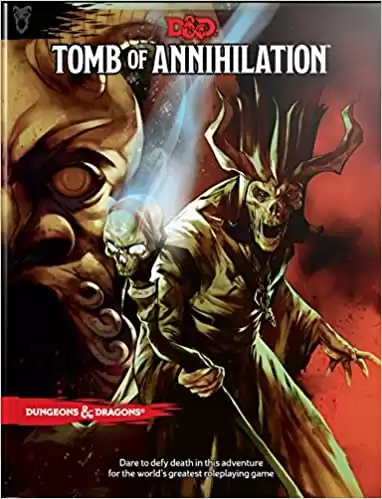

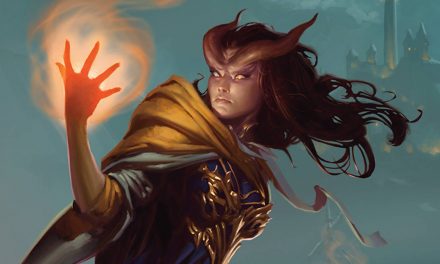
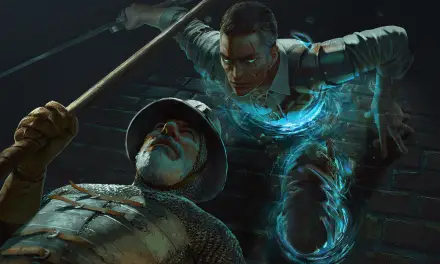
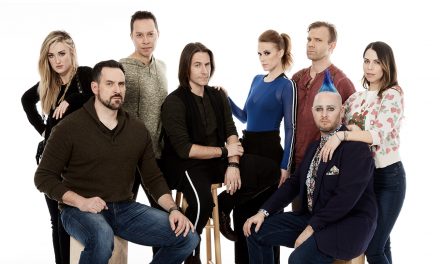
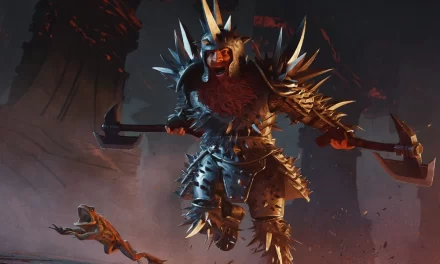




Recent Comments